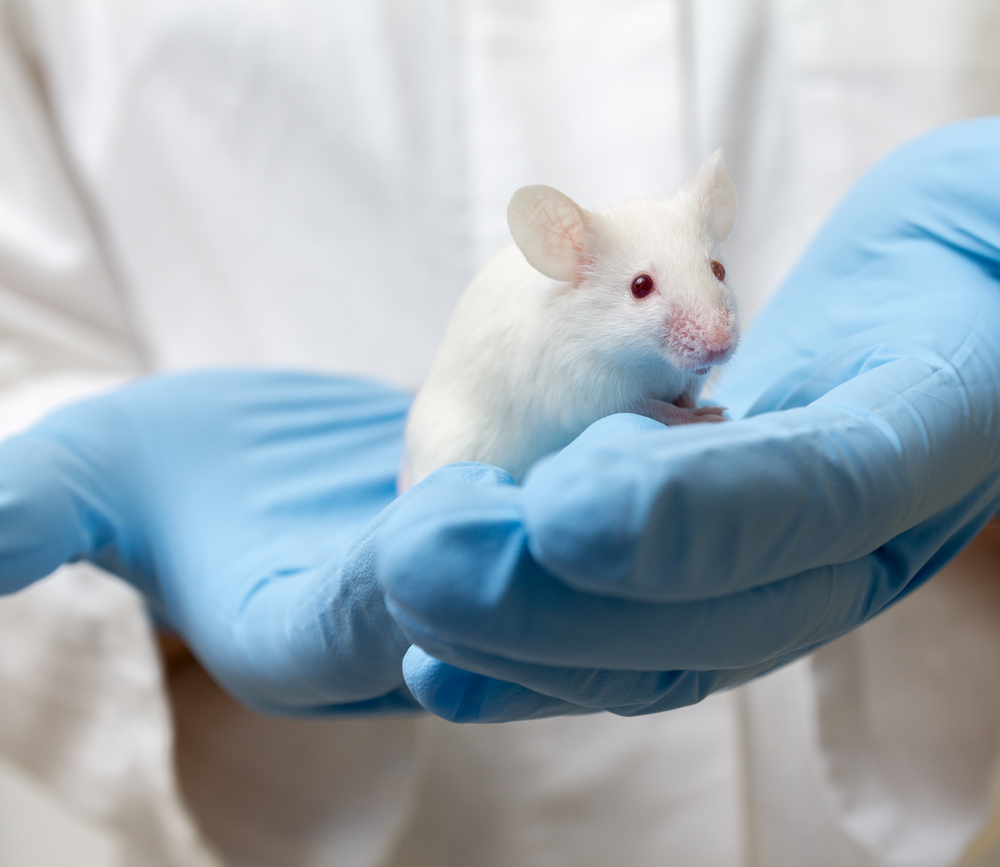Targeting Complement C5 Protein Effectively Alleviates aHUS Symptoms, Study Suggests

Therapies against the complement C5 protein, the target of Soliris (eculizumab), may be more effective than targeting proteins downstream of the C5 protein in the complement system signaling cascade in atypical hemolytic uremic syndrome (aHUS), a new mouse study shows.
The study, “Differential contribution of C5aR and C5b-9 pathways to renal thrombic microangiopathy and macrovascular thrombosis in mice carrying an atypical hemolytic syndrome-related factor H mutation,” was published in the journal Kidney International.
In aHUS, patients experience acute renal failure together with microangiopathic hemolytic anemia (reduced levels of red blood cells due to their destruction) and low platelet count (thrombocytopenia).
Evidence shows that the complement system — a set of more than 50 blood proteins that forms part of the body’s immune defenses — is often deregulated in aHUS because of mutations in complement genes. Researchers estimate that roughly 60 percent of patients carry a mutation in a regulatory gene of the complement system.
Treatment with Soliris (eculizumab), a complement inhibitor developed and marketed by Alexion, has proven to be successful in aHUS. Soliris was designed to target the C5 protein, an element of the complement system that is chronically and uncontrollably activated in aHUS.
However, despite the efficacy of Soliris, the disease mechanism underlying aHUS remains poorly understood. The protein C5, once activated, is split into two proteins, called C5a and C5b. C5a is a potent pro-inflammatory signaling molecule (cytokine) that works by binding to its partner, C5aR, on white blood cells. C5b leads to the formation of the C5b-9 complex. This complex is capable of penetrating cells’ membranes, causing their rupture and death.
However, the role of the C5aR and C5b-9 pathways remained unknown. To shed light on the role these proteins play in aHUS, researchers used a previous mouse model of aHUS and crossed it with a mouse lacking either C5, C5aR1, or C9. They also crossed the aHUS mouse model with a mouse lacking the C6 protein.
The results showed that lack of the C5 protein was enough to prevent the clinical symptoms of aHUS, namely renal thrombotic microangiopathy (TMA) — damage to the smallest blood vessels inside the kidney — and thrombosis in large vessels, similar to what they observed when they treated the animals with an anti-C5 antibody.
C5aR1 deficiency, however, failed to improve the animals’ survival rate, and failed to prevent thrombocytopenia, anemia, and kidney disease.
When lacking the C6 or C9 protein (no C5b-9), the aHUS mouse model had improved survival and diminished renal TMA. The lack of both proteins, however, showed no effect on large-vessel thrombosis.
Overall, “our data provide new understanding of the [development] of complement-mediated TMA and macrovascular thrombosis” in an aHUS mouse model, researchers stated. Moreover, they said, these findings “suggest that C5 blockade is more effective for the treatment of aHUS than selectively targeting the C5aR or C5b-9 pathway alone.”
In a comment by fellow scientists published in the same issue of Kidney International, researchers noted that further studies are now required to confirm these findings in other mouse models, such as a recent model for TMA, but also to “establish what role C5aR1, C6, and C9 play in complement-mediated TMA and to clarify the relevance of these findings to the human condition.”
The comment was published under the title, “Terminal complement effectors in atypical hemolytic uremic syndrome: C5a, C5b-9, or a bit of both?.”






